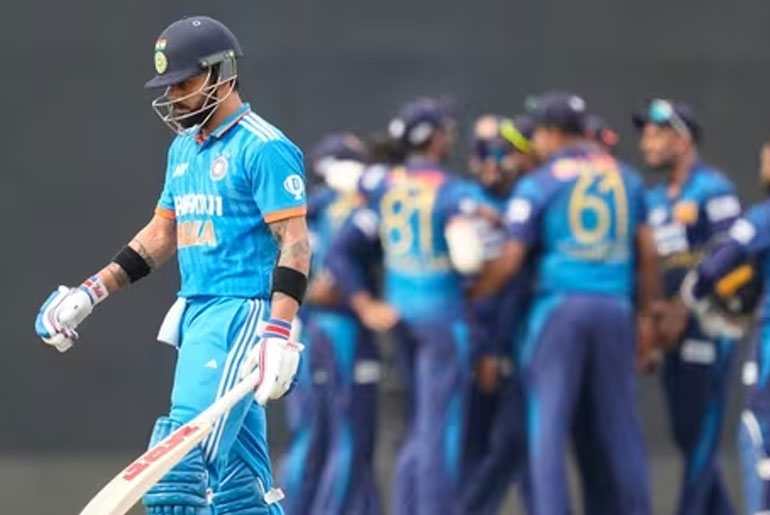India heads into Friday’s Super Four match against Bangladesh as overwhelming favorites, despite their recent defeats and close encounters at ICC events. While the result of this match won’t have an immediate impact on the tournament, it presents a unique opportunity for India to face all three of their top subcontinent rivals within a week, with the World Cup just around the corner. In the larger scheme of things, this presents various scenarios that may require exhaustive preparations, and one key area of focus is playing against slow bowling.
India’s performance against slow bowlers has been decent since the 2019 World Cup, with players like Rohit Sharma, Shubman Gill, and Virat Kohli maintaining respectable averages against them in ODIs. However, Pakistan, currently ranked No. 1 in ODIs, boasts even better numbers during the same phase, suggesting their top order is more adept at handling slow bowlers and scoring consistently. India has found some middle-order stability, thanks in part to KL Rahul’s strong performances in this Asia Cup, but he, too, averages relatively lower against slow bowlers.
While these numbers provide a four-year aggregate, it’s essential to consider recent developments. Pakistan’s spinners struggled against India on a pitch with some grass, but on a drier pitch where the ball gripped, they faced a collapse against Sri Lanka, losing all 10 wickets to slow bowlers. This episode highlighted India’s diminishing ability to play probing spin.
“We knew the pitch would assist turn but didn’t anticipate it would turn so much,” Paras Mhambrey, India’s bowling coach, stated in a press conference on Thursday. “The first wicket had a bit of grass. Under lights, it becomes difficult to bat. We utilised those conditions better than Pakistan. Against Sri Lanka, it was quite dry and had less grass. It turned quite a bit, especially in the first half.”
The recent match against Sri Lanka, where India folded from 80/0 to 213 all out, and the manner in which some top-order batsmen were dismissed, has raised concerns. While the pitch was challenging with its two-paced nature and sharp turn, India’s top batters struggled against left-arm and off-spin bowlers. This raises questions about their ability to play the turning ball off the pitch effectively.
“This is becoming a pattern,” Gautam Gambhir said on Star Sports during the Sri Lanka match. “You remember that match against Australia in Chennai when the ball was gripping a bit and India were chasing some 260 odd runs (269) against spinners like Adam Zampa and Ashton Agar. And we couldn’t chase it (India were dismissed for 248). Whenever the ball grips, we struggle and we don’t even know whether we can take the game deep,” he stated.
India wasn’t even chasing against Sri Lanka, which only validates Gambhir’s argument that this might be a mindset issue. But the solution isn’t difficult either, according to Gambhir. “If you deliver it closer to the wicket then it becomes easier, but when you deliver it wider from the crease then it becomes difficult,” he stated. “And that is why it is necessary to play it off the backfoot rather than the front foot, where both the edges are tested.”
In the upcoming match against Bangladesh, who have similar slow bowlers in their lineup, India has another opportunity to address their issues against spin. The likes of Shakib Al Hasan, Nasum Ahmed, and Mehidy Hasan Miraz will test India’s ability to handle slow bowling. It’s a chance for India to fine-tune their approach and boost their confidence in dealing with this crucial aspect of the game before the World Cup.
Disclaimer:
The information contained in this article is for educational and informational purposes only and is not intended as a health advice. We would ask you to consult a qualified professional or medical expert to gain additional knowledge before you choose to consume any product or perform any exercise.








